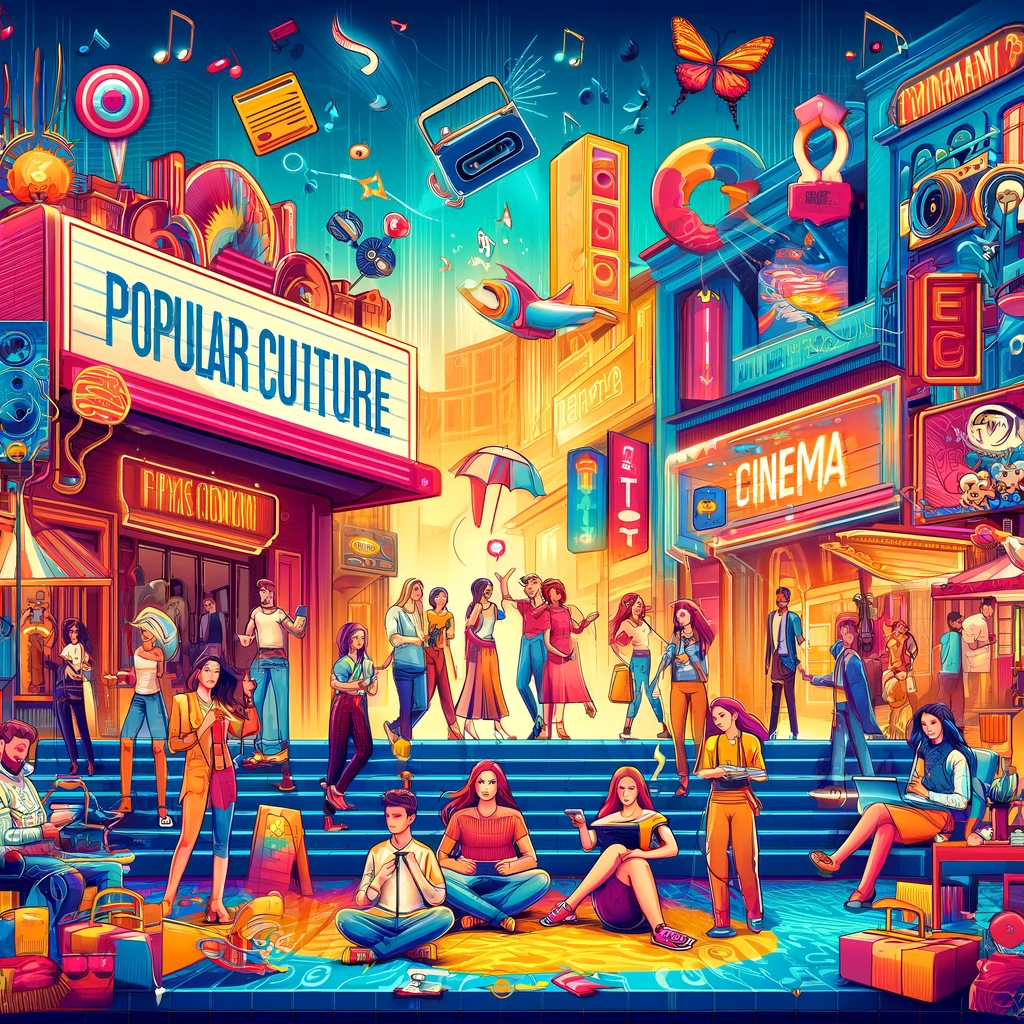Shop At Haya: Your Ultimate Shopping Guide
Discover the best shopping tips, trends, and deals for a smarter buying experience.
When Memes Become Modern Art
Discover how memes are transforming into modern art, blending humor with creativity. Join the cultural revolution!
The Evolution of Memes: From Internet Jokes to Gallery Pieces
The concept of memes has dramatically transformed since its inception in the early days of the internet. Initially, memes were simple images paired with humorous captions, often shared among friends in online forums or social media. These creations served as a way to communicate shared experiences and cultural references, ushering in a new form of digital expression. Over time, the proliferation of platforms like Reddit, Tumblr, and Instagram enabled these internet jokes to reach wider audiences, evolving from niche humor to mainstream entertainment. As a result, the definitions of memes expanded, incorporating videos, GIFs, and even catchphrases that resonate globally.
As memes have permeated popular culture, they have also begun to transition into the realm of fine art. This shift highlights the evolution of memes from mere internet jokes to legitimate gallery pieces that challenge the boundaries of traditional art forms. Contemporary artists now draw inspiration from social media trends, integrating these digital artifacts into their work. Memes provoke discussions around cultural commentary, ethics, and the role of humor in society, showcasing their relevance beyond the screen. Thus, what began as fleeting online amusement has solidified its place in the art world, prompting critics and fans alike to reconsider the significance of memes in our contemporary landscape.

Can Memes Be Considered Modern Art? Exploring the Debate
The debate surrounding whether memes can be considered modern art reflects a broader discussion about the evolution of art in the digital age. Memes, characterized by their humor and relatability, encapsulate cultural commentary in a succinct format. Proponents argue that the viral nature of memes and their ability to convey complex ideas in an accessible way aligns them with traditional art forms. Just as abstract artists used unconventional materials and forms to challenge standards, meme creators utilize digital platforms to express current societal sentiments, blurring the lines between the creator and the audience.
Conversely, critics contend that memes lack the depth and intentionality often associated with artistic expression. They argue that memes are primarily tools for entertainment and communication rather than profound artistic statements. However, it is essential to consider how the context of a meme's creation and distribution impacts its interpretation. As memes continue to evolve and influence popular culture, it raises the question: should we expand our definition of art to include forms that resonate with the masses in the age of the internet?
Meme Culture and Its Impact on Contemporary Art Trends
Meme culture has become a defining aspect of modern communication, influencing various facets of our daily lives, including contemporary art trends. This phenomenon allows for rapid dissemination of ideas, often using humor and relatability to engage audiences. Artists are increasingly drawing inspiration from memes, utilizing them as both creative material and commentary on societal norms. By integrating these digital artifacts into their work, creators can foster connections with younger audiences who identify with the shared language of memes, thereby challenging traditional art forms and pushing the boundaries of what is considered art.
Furthermore, the accessibility of memes democratizes art creation, enabling anyone with internet access to participate in the artistic dialogue. This shift encourages collaboration and remix culture, where artists not only create original works but also reinterpret existing memes to comment on current events or cultural phenomena. As contemporary art trends continue to evolve, the influence of meme culture cannot be overstated; it cultivates a vibrant space where humor meets criticism, contributing to an ongoing conversation about the role of art in society.